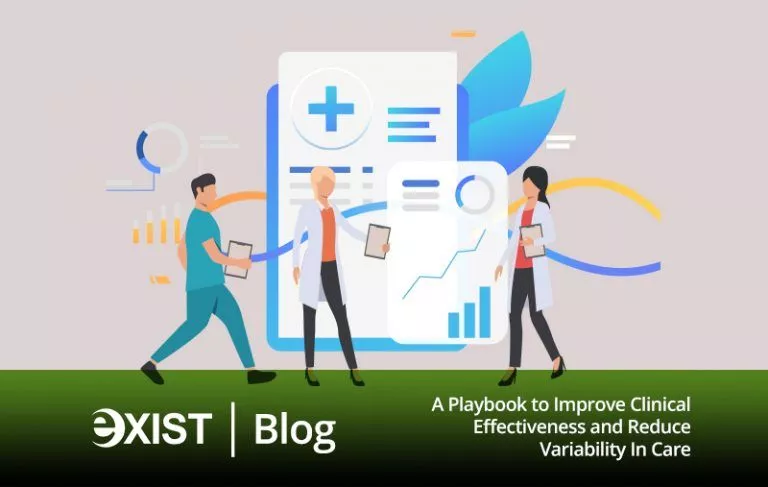Rules and payment models keep changing, revenues falling while demand for care quality is at an unprecedented scrutiny. To thrive, hospitals need to address clinical variability.
For years, our team at Exist has made it a priority to build technology capabilities that tear down the barriers of siloed systems particularly in healthcare.
From our clinic system which connects both users and clinics to our hospital system that integrates every available important service within the institution around the patient data and the care that they received, we believed that achieving significant and quality care outcomes required connecting dots via promoting effective care coordination. After all, a superhero doctor approach – which traditionally has been the case, is unsustainable, if not constrictive.
While ‘interoperability in healthcare’ presents a tremendous gain, it is still not the end goal. What connecting through data unlocks is access to information that could lead to evidence-based care protocols and if taken to heart, reduce care variabilities.
It is apparent that hospitals globally are under tremendous challenge, not only from containing diseases but operationally with slow revenue growth that results in a sustainability challenge.
This sustainability gap for healthcare providers is a result of multiple factors, not limited to:
-
- Rules keep changing midgame
- Shifting payment models
- Regulatory changes
- Rise of non-traditional competitors with tech advantages such as Google, Apple, and Amazon.
It is quite a challenge!
Many hospitals will try to tighten their revenue cycle management — contain costs by streamlining operations and reducing staff and adding technology — but it would only be a short-term measure because it won’t be able to close this gap unless variability – source of inefficiencies, adverse events, increased lengths of stay, and higher mortality rates is addressed until consistency of care becomes the norm.
At the root, two critical factors emerge that need to be addressed: the decisions clinicians are making every day and the engagement and preferences of your patients.
For institutions, however, addressing variability is an itch better left unscratched since it involves challenging traditional approaches and behavioral change for an overburdened care workforce, it can get pretty tricky.
Unless doctors and clinicians come across a common care playbook that could make the transition easier and by which they could all align with.
Healthcare is under siege and new approaches are needed. Learn more about evidence-based playbook to reduce clinical variability and address the sustainability gap. Download the eBook Reducing Variability in Care: Drive Behavioral Changes That Improve Clinical Effectiveness to take a deeper look into proven approaches for improving your organization’s clinical effectiveness. (Registration required).
Check out our healthcare product, MEDCURIAL, and see how it helped some of the biggest hospitals in the country provide better patient outcomes.

